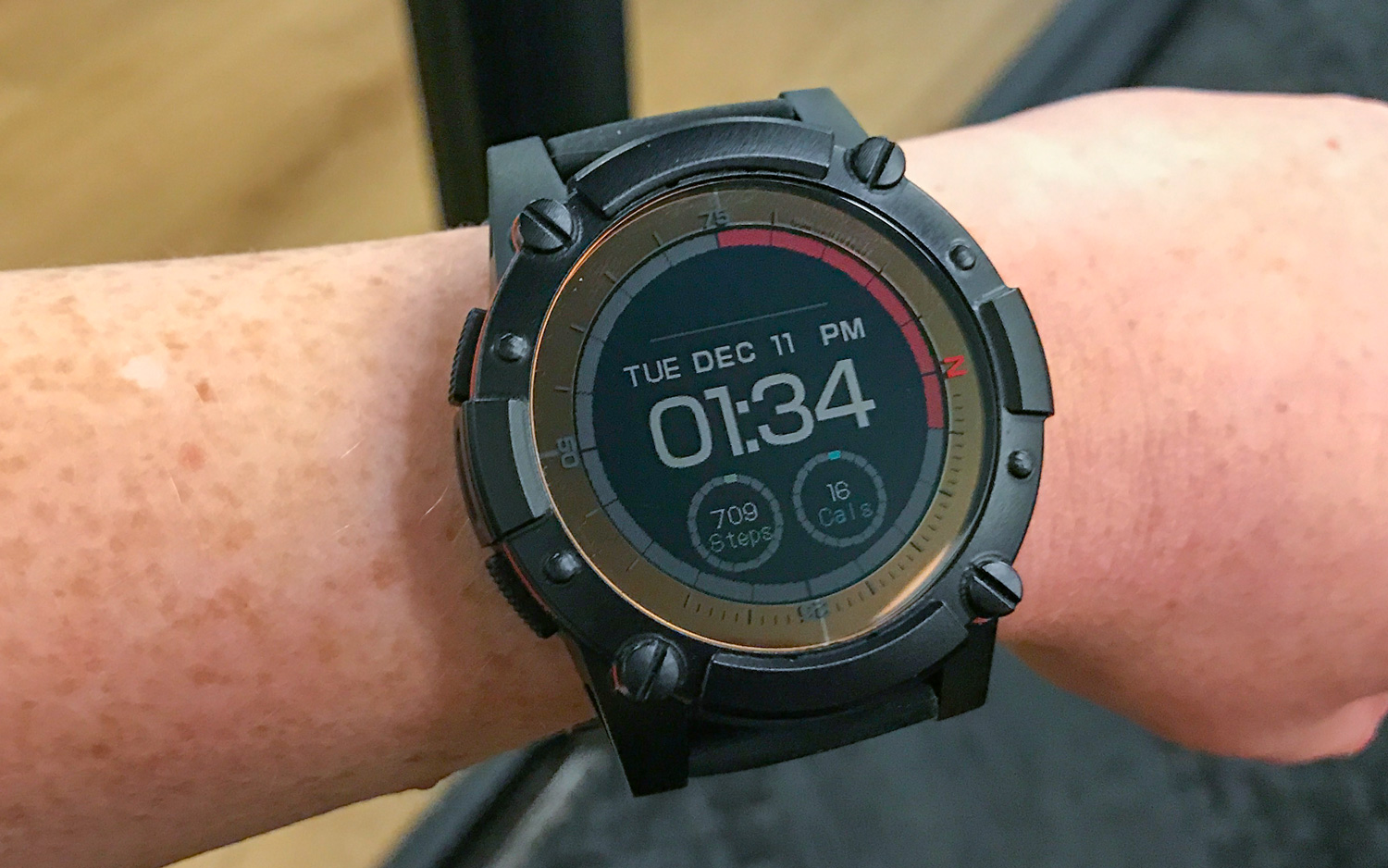New Smartwatch Uses Solar Power, Body Heat to Last Years on a Charge
This watch packs in every feature you could hope for, and will never die. What more could you ask for?
Matrix’s PowerWatch X solved our biggest problem with smartwatches: pitiful battery life. Its innovative charging method used body heat to stay powered almost indefinitely. But the watch didn’t do a whole lot more than last a long time. PowerWatch 2, which debuts at CES this week in Las Vegas, doubles down on its original premise with an additional energy source: the sun. But it also packs in features we’ve come to expect from smartwatches, including a full-color LCD display, built-in GPS and a heart rate sensor.

Solar charging was a long-requested feature from the devoted PowerWatch community, which has been offering Matrix feedback on Indiegogo from the start. (Indiegogo is also where the newest watch is launching). The original PowerWatch used a thermoelectric generator to draw power from your skin. That was effective at powering basic tasks — so effective that Matrix didn’t even include a charger in the watch box — but the company turned to solar-cell technology to power more advanced features, such as the new GPS antenna and heart rate sensor.
With a combination of thermoelectric and solar power, the PowerWatch 2 will be a more advanced fitness tracker than past generations. Matrix says PowerWatch 2 will be the most accurate calorie tracker on the market, because body heat is a direct reflection of calories burned.
Like Samsung and Fitbit before it, Matrix went with a custom operating system for PowerWatch 2 rather than build on Google’s Wear OS. The device pairs with iPhones or Android, and will integrate with Google Fit and Apple’s Health app, as well as third-party fitness apps like Strava. Don’t expect a huge swatch of watch apps, but the company hopes to work with partners on mini-apps for the watch that can make use of its sensors.

Sounds like the ideal smartwatch, right? Well, PowerWatch 2 is still pretty massive. I tried on a not-quite-final production unit a few weeks before CES, and it was sizeable on my small wrist. Matrix says the new version is lighter and thinner than its predecessor despite all the new hardware features. However, the price tag could also be a setback for some: The watch is $200 for Indiegogo backers, but later this year, it will retail for a hefty $499.
We’ll have to put PowerWatch 2 through its paces to see if this perfect-sounding watch lives up to its promise. But any smartwatch that doesn’t need a charger is a step ahead of the competition.
Photos: Tom's Guide
Sign up to get the BEST of Tom's Guide direct to your inbox.
Get instant access to breaking news, the hottest reviews, great deals and helpful tips.
Caitlin is a Senior editor for Gizmodo. She has also worked on Tom's Guide, Macworld, PCWorld and the Las Vegas Review-Journal. When she's not testing out the latest devices, you can find her running around the streets of Los Angeles, putting in morning miles or searching for the best tacos.
